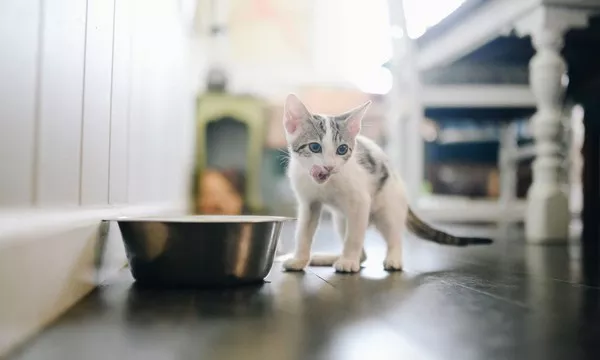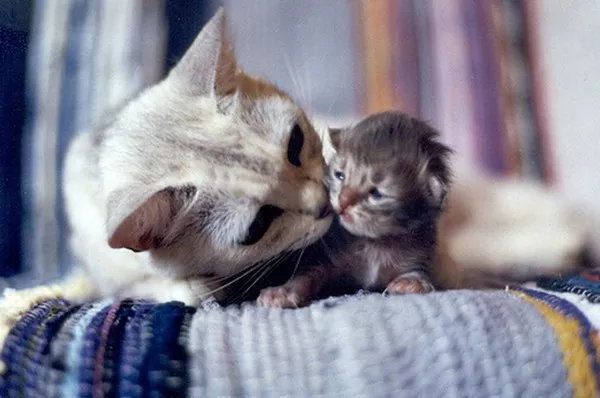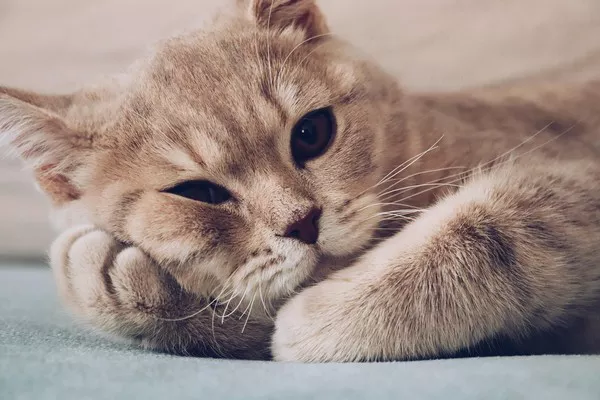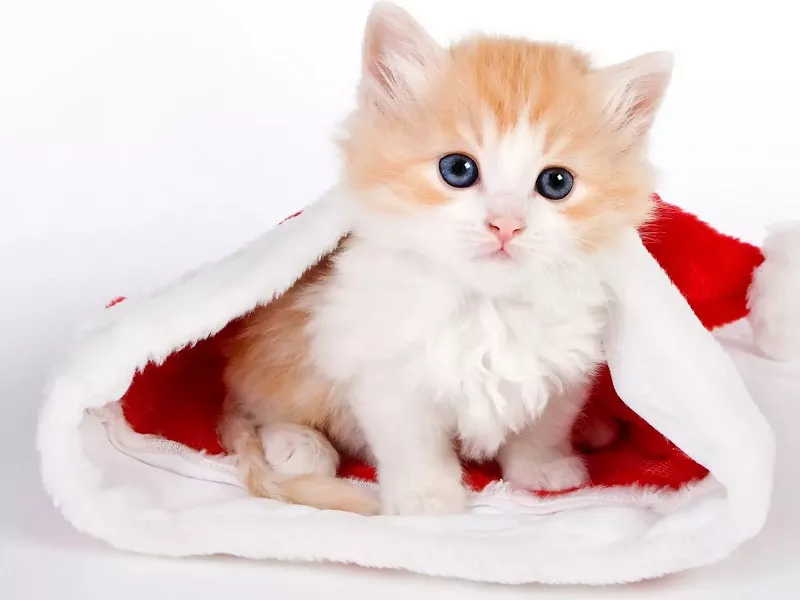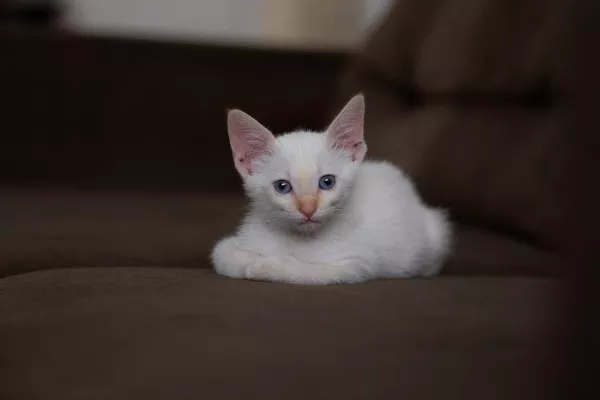Kittens are adorable creatures, but taking care of them can be a big responsibility, especially when it comes to feeding. Feeding a 2-week-old kitten can be challenging, as they have specific nutritional needs and require frequent feedings. It is important to learn how to tell when your kitten is hungry to ensure they are getting the nourishment they need. In this article, we’ll go over some tips for telling if a 2-week-old kitten is hungry.
Signs That Your Kitten is Hungry
-
Crying or Meowing
One of the most obvious signs that your kitten is hungry is crying or meowing. Kittens will often cry or make other noises when they are hungry or want attention. If your kitten is meowing persistently or crying loudly, it could be a sign that they are hungry.
-
Rooting
Rooting is another sign that your kitten is hungry. Kittens will instinctively nuzzle or root around with their noses when they are searching for food. If you notice your kitten rooting around, they are likely hungry and looking for a source of food.
-
Sucking or Chewing on Objects
Kittens will often suck or chew on objects when they are hungry. This behavior is known as “pseudo-nursing” and is a way for the kitten to satisfy their hunger until they can find a source of food. If you notice your kitten sucking or chewing on objects, it could be a sign that they are hungry and looking for nourishment.
-
Restlessness
When kittens are hungry, they may become restless and fidgety. They may squirm around, paw at their bedding, or even try to climb out of their nest or crate. If your kitten is restless or agitated, it could be a sign that they are hungry and need to be fed.
Feeding Your 2-Week-Old Kitten
When feeding a 2 week old kitten, it is important to remember that they have specific nutritional needs. At this age, kittens should be fed every 2-3 hours, including during the night. Kittens should be fed a specially formulated kitten milk replacer, as cow’s milk can be difficult for them to digest.
To feed your kitten, you will need to use a small bottle with a nipple or a syringe without a needle. It is important to warm the milk replacer to body temperature before feeding, as kittens cannot regulate their body temperature and may become chilled if the milk is too cold.
When feeding your kitten, hold them securely and offer the bottle or syringe with the nipple or tip in their mouth. Allow the kitten to suckle at their own pace, and stop feeding when they have had enough. Burp your kitten gently after each feeding to help prevent them from getting gas.
Feeding a 2-week-old kitten can be challenging, but by learning to recognize the signs of hunger and providing them with the proper nutrition, you can ensure that your kitten grows up healthy and strong. Remember to feed your kitten every 2-3 hours, offer them a specially formulated kitten milk replacer, and be patient and gentle when feeding. With proper care and attention, your kitten will thrive and grow into a happy, healthy cat.

